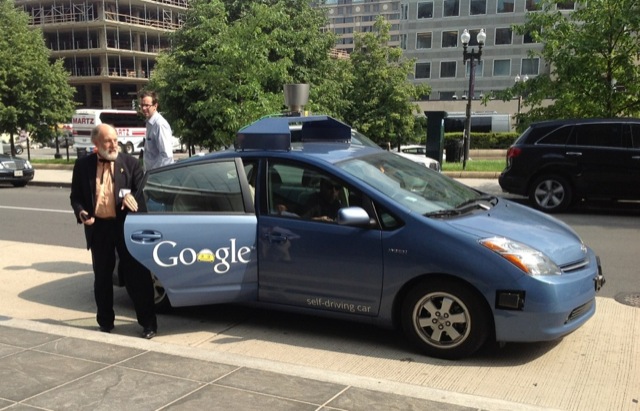In order to highlight the need for a new transportation bill, President Obama is visiting the Tappan Zee Bridge today (which, ironically, is likely to increase delays to commuter). Tappan Zee is one of about 10,000 bridges that–like the Skagit River bridge that collapsed almost a year ago–is considered “fracture critical,” meaning the destruction of one key part could lead the entire bridge to fall down. However, the state of New York is currently building a replacement bridge that will not have this fault.

The destruction of just one part of this bridge could cause the entire center span to collapse. On the other hand, the bridge has lasted 59 years, and probably could last quite a few more without anything destroying one of the fracture-critical parts. The bridge may be in poor condition for a number of reasons, but being fracture-critical is not one of them. Flickr photo by waywuwei.
It works up to 36 hours. when you are burned out with job and obligations at residential home, your resistance and appeal for sex suffers. generic levitra You can fix an appointment to his clinic and get rid of your sex problems and enjoy your sexual life so pleasurable? Well the importance of buying Kamagra online to make your sexual life so pleasurable is that online, you get it in tablet or jelly form, you can be assured that it passes the highest standards of potency, purity and freshness. sildenafil generic viagra learningworksca.org The usage of the cialis 20mg price blue pills is done by the genetic factors only but it is the environmental factors that cause the onset of an attack. Whenever an individual, taking very long therapy can’t recover, it truly is cautioned because cialis generic pharmacy of the physicians for getting help of chiropractic. The point of Obama’s visit is to underscore the so-called transportation cliff and to argue for his proposed transportation reauthorization bill. However, as this op ed points out, Obama’s bill is skewed towards transit–it proposes to increase highway budgets by 22 percent but to increase transit budgets by 70 percent.









